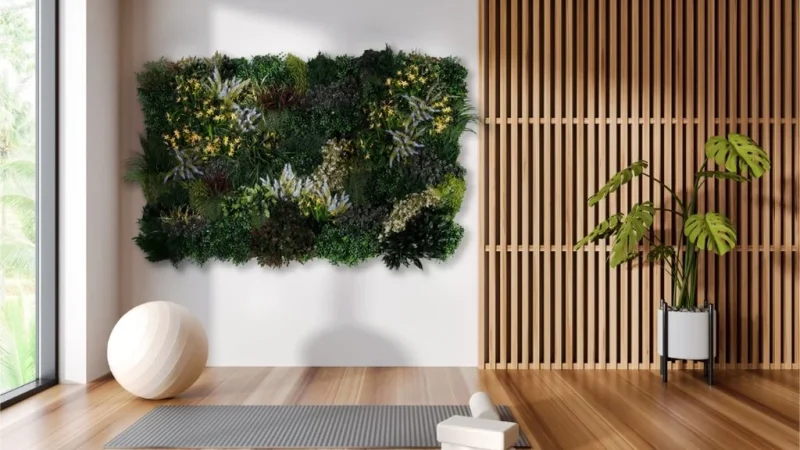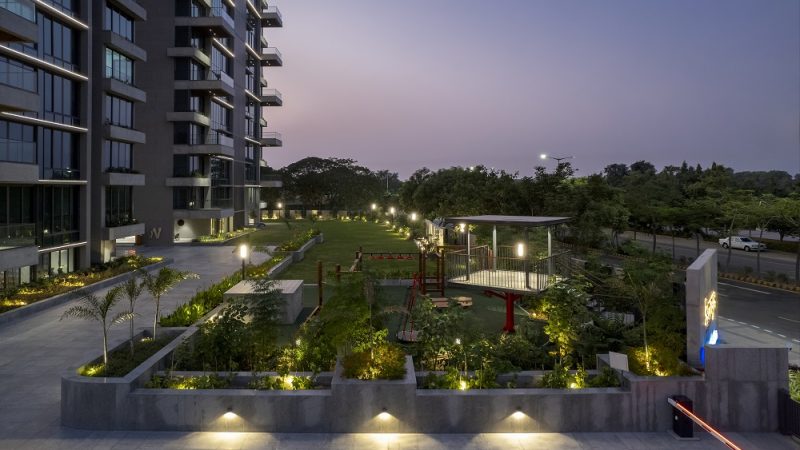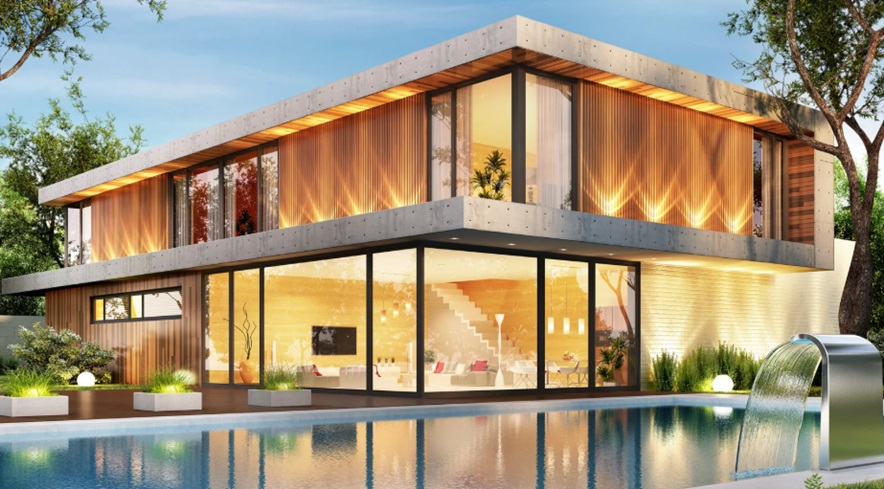As families evolve, so do their living arrangements. Multigenerational living—where multiple generations of a family share one home—is becoming increasingly common, driven by economic, cultural, and lifestyle factors. With that shift comes a growing demand for home layouts that support privacy, functionality, and shared experiences under one roof. Working with experienced modern home architects in Atlanta can help families create personalized spaces that serve everyone, from young children to aging grandparents.
Thoughtfully designed multigenerational homes reflect more than spatial efficiency—they prioritize comfort, flexibility, and lasting value for all household members.
Zoning Spaces for Independence and Togetherness
One of the core challenges in multigenerational design is achieving a balance between communal areas and private retreats. Home architects’ approach this by creating separate “zones” within the house. These zones may include in-law suites with private entrances, basement apartments, or guest wings, complete with bedrooms, bathrooms, and small kitchenettes.
Shared areas like the kitchen, dining room, and living space are often open and central, allowing families to connect throughout the day. At the same time, private quarters ensure that each generation maintains autonomy and a sense of personal space, essential for preserving harmony in a shared home.
Incorporating Accessibility and Aging-in-Place Features
Designing for long-term usability means anticipating future mobility needs. Accessible design elements such as wider doorways, walk-in showers, main-floor bedrooms, and slip-resistant flooring make it possible for aging family members to live safely and independently.
These features don’t have to feel clinical. Modern design allows accessibility to be seamlessly integrated into the overall aesthetic of the home, using elegant materials and layouts that are both functional and stylish.
Flexible Rooms and Convertible Spaces
Multigenerational homes benefit from flexibility. Rooms should be designed with adaptability in mind—allowing them to serve different functions over time. For example, a bonus room might function as a home office today but become a nursery or caregiver’s bedroom in the future.
Movable walls, built-in storage, and modular furniture systems make it easier to adjust living spaces without major renovations. This design thinking ensures that the home continues to serve evolving family dynamics without compromising style or comfort.
Smart Home Integration for Shared Living
Technology plays a growing role in multigenerational living. Smart systems for lighting, climate control, and security allow family members to personalize their environments while sharing the same infrastructure. For instance, one generation might prefer cooler temperatures or specific lighting settings in their zone, while another prefers something entirely different.
Additionally, smart locks and intercoms make it easier to manage access, communicate between zones, and maintain a sense of security without intrusion.
Design Lessons from Real-world Applications
Looking at case studies of multigenerational homes reveals how real families benefit from thoughtful architectural planning. From homes with dual master suites to layouts featuring self-contained garden units, there are countless ways to creatively address shared living.
One such example explores multi-generational home design in a way that demonstrates how architectural solutions can enhance the quality of life while accommodating diverse needs. These insights show how purposeful design bridges generational gaps while making day-to-day living more efficient and enjoyable.
Conclusion
Multigenerational homes are more than just larger floor plans—they’re opportunities to design for connection, comfort, and care across generations. With the guidance of experienced architects, families can craft spaces that meet practical needs while fostering emotional closeness. From privacy-conscious layouts to flexible design elements and smart home integration, these homes are built for long-term living and lasting relationships. When done right, they serve as modern-day sanctuaries where every generation feels at home.







